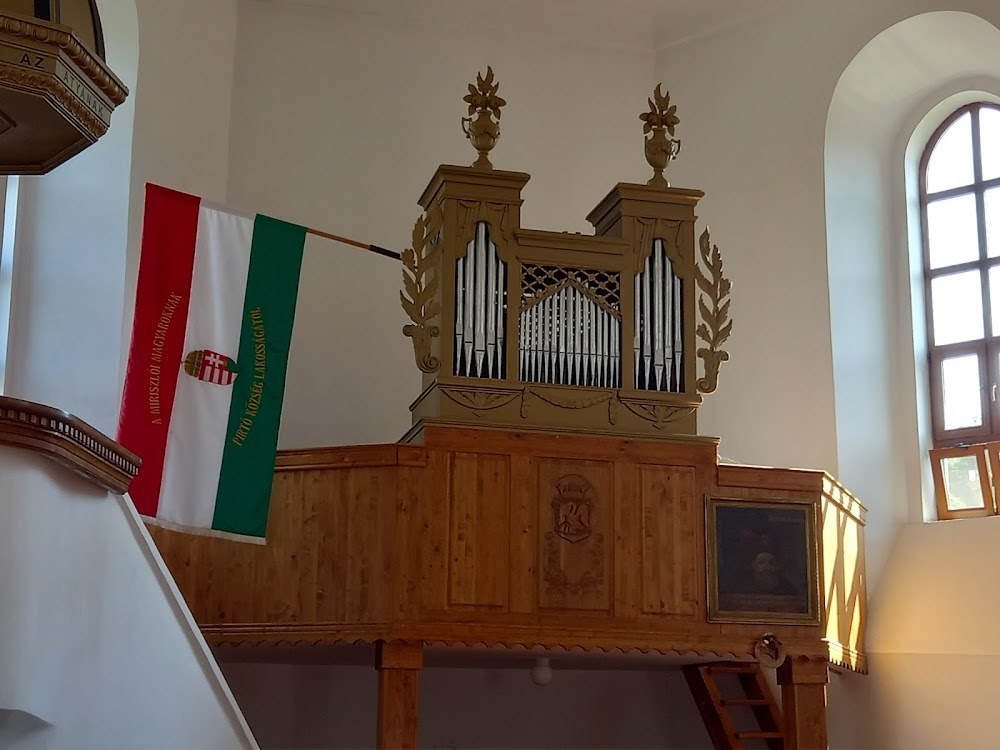Mihai Viteazul Filming Locations
Mihai Viteazul Filming Locations
Transylvania is a region in central Romania. It's known for medieval towns, mountainous borders and castles like Bran Castle, a Gothic fortress associated with the legend of Dracula. The city of Brașov features Saxon walls and bastions, as well as expansive Council Square, ringed by colorful baroque buildings, the towering Gothic Black Church and cafes. Nearby Poiana Brașov is a popular ski resort.
Romania is a southeastern European country known for the forested region of Transylvania, ringed by the Carpathian Mountains. Its preserved medieval towns include Sighişoara, and there are many fortified churches and castles, notably clifftop Bran Castle, long associated with the Dracula legend. Bucharest, the country’s capital, is the site of the gigantic, Communist-era Palatul Parlamentului government building.
The Czech Republic, also known as Czechia, is a landlocked country in Central Europe. Historically known as Bohemia, it is bordered by Austria to the south, Germany to the west, Poland to the northeast, and Slovakia to the southeast.
Constanța is a city on the shores of the Black Sea, in southeastern Romania. Its long history, which goes back over 2,000 years, is documented at the National History and Archaeology Museum, near the port. The adjacent Roman Mosaics complex displays tiled floors dating back to the 4th century A.D. Nearby, the Great Mahmudiye Mosque is furnished with a vast Persian rug, while its towering minaret overlooks the city.
The Black Sea is a marginal mediterranean sea lying between Europe and Asia, east of the Balkans, south of the East European Plain, west of the Caucasus, and north of Anatolia. It is bounded by Bulgaria, Georgia, Romania, Russia, Turkey, and Ukraine.
Alba Iulia is a city that serves as the seat of Alba County in the west-central part of Romania. Located on the river Mureș in the historical region of Transylvania, it has a population of 63,536. During ancient times, the site was the location of the Roman camp Apulum.
Călugăreni is a commune located in Giurgiu County, Muntenia, Romania. It is composed of five villages: Brăniștari, Călugăreni, Crucea de Piatră, Hulubești, and Uzunu.
Bucharest, in southern Romania, is the country's capital and commercial center. Its iconic landmark is the massive, communist-era Palatul Parlamentului government building, which has 1,100 rooms. Nearby, the historic Lipscani district is home to an energetic nightlife scene as well as tiny Eastern Orthodox Stavropoleos Church and 15th-century Curtea Veche Palace, where Prince Vlad III (“The Impaler”) once ruled.
Vienna, Austria’s capital, lies in the country’s east on the Danube River. Its artistic and intellectual legacy was shaped by residents including Mozart, Beethoven and Sigmund Freud. The city is also known for its Imperial palaces, including Schönbrunn, the Habsburgs’ summer residence. In the MuseumsQuartier district, historic and contemporary buildings display works by Egon Schiele, Gustav Klimt and other artists.
Rome is the capital city of Italy. It is also the capital of the Lazio region, the centre of the Metropolitan City of Rome Capital, and a special comune named Comune di Roma Capitale.
Tunis is the sprawling capital of Tunisia, a country in North Africa. It sits along Lake Tunis, just inland from the Mediterranean Sea’s Gulf of Tunis. It’s home to a centuries-old medina and the Bardo, an archaeology museum where celebrated Roman mosaics are displayed in a 15th-century palace complex. The parklike ruins of ancient Carthage sit in the city’s northern suburbs.
Prague, capital city of the Czech Republic, is bisected by the Vltava River. Nicknamed “the City of a Hundred Spires,” it's known for its Old Town Square, the heart of its historic core, with colorful baroque buildings, Gothic churches and the medieval Astronomical Clock, which gives an animated hourly show. Completed in 1402, pedestrian Charles Bridge is lined with statues of Catholic saints.
2 Mai or Două Mai is a village in the Limanu commune, Constanța County, Dobrogea, Romania. It is found on the shoreline at a distance of 6 km north of Vama Veche and 5 km south from Mangalia. Doi Mai is also a summer vacation destination.
Bran is a commune in Brașov County, Transylvania, Romania. It is about 25 kilometres southwest of the city of Brașov and consists of five villages: Bran, Poarta, Predeluț, Șimon, and Sohodol.
Brașov is a city in the Transylvania region of Romania, ringed by the Carpathian Mountains. It's known for its medieval Saxon walls and bastions, the towering Gothic-style Black Church and lively cafes. Piaţa Sfatului (Council Square) in the cobbled old town is surrounded by colorful baroque buildings and is home to the Casa Sfatului, a former town hall turned local history museum.
Mihai Viteazul (1971)
At the end of the 16th century Wallachian ruler Prince Michael the Brave overcame the adversity of the Ottoman and Austrian Empires to unite Wallachia, Moldavia and Transylvania into one country.

